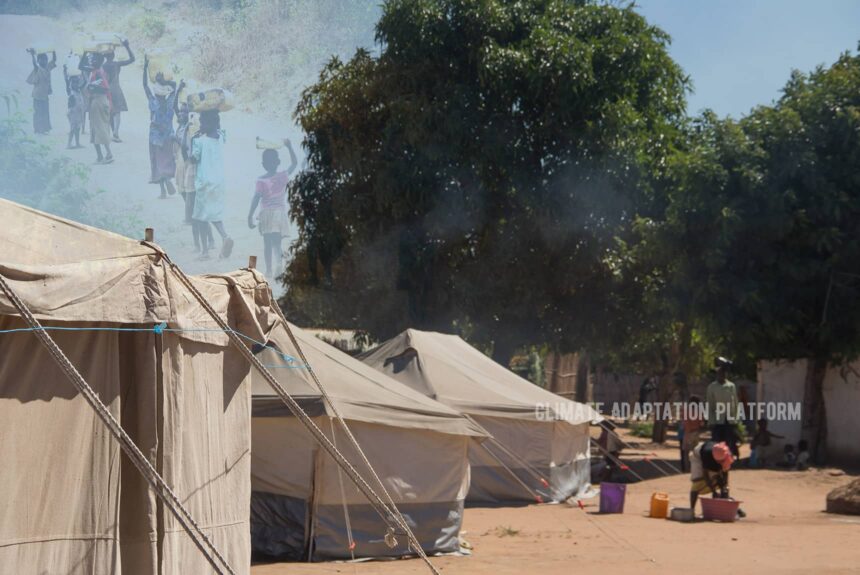Climate change-driven conflicts are creating a new kind of refugee in Cameroon. The NPR reports that the lack of rain and dry conditions in northeastern Cameroon is depleting water resources vital to farming in the region.
Cattle growers’ daily task of finding water becomes increasingly tricky, driving them to other communities with supply, leading to conflict with the locals and violence.
Haoua Ali Beta is a 50-years old farmer who left her home in Cameron due to violence in the area. She belongs to the Choua Arab community and clashed with the other group called Mousgoum. the Choua Arab farmers, in search of water, brought their cattle to streams that the Mousgoum fishermen had dug to encourage fish to gather.
Initially, the limited resource led to name-calling between the two groups. It escalated into physical altercations, which exploded into unprecedented intra-community violence in the town of Kouserri.
As of writing, the fighting caused 150 deaths and drove 30,000 people from both communities to flee to neighbouring Chad.
Tens of thousands of refugees fled to the vast scrublands south of the Sahara Desert, the region known as the Sahel. Widespread poverty, and high dependence on farming in the area, make it highly vulnerable to climate change.
Haouas, like around 3,000 Choua Arabs, has settled in the Guilmay refugee camps and live in dwellings built of sun-baked bricks and corrugated metal roofs, which Chad officials race to build from scratch with the help of the United Nations High Commissioner for Refugees (UNHCR).
Life in Guilmay refugee camps is not necessarily better than the ones they left behind. Food is rationed inside the camp. As for Haouas, handouts from the UN’s World Food Program are not enough to feed her whole family, and she has to supplement it through foraging and barter.
Brahim Sakine, a college student in Cameroon who also fled due to violence and now living in the Guilmay refugee camp, says that he is much hungrier than he used to be and left due to climate-induced violence. He says he and his fellow refugees eats only two meals a day.
According to the UN, violence caused by climate change is particularly worrying for women and children, who accounts for 80% of arrivals. Most of them fled to Nigeria’s south-eastern areas and were hosted by local communities.
The UNHCR facilitates the relocation of refugees to nearby provinces, providing better security, shelter, and access to essential services.
In 2018, more than 9000 Cameroonian refugees were moved to new settlements, where they receive food and essential items such as mattresses, mosquito nets, stoves, and cooking utensils, as well as equipment to build shelters.
But despite the help from the UNHCR, needs are far from being met, including the challenge of educating refugee children.
What is happening in Africa demonstrates why wealthy countries’ assistance is crucial. Helping these countries adapt to climate change will allow them to continue with their livelihoods and reduce competition for resources that leads to conflict in the first place.
Sources:
Marx, W. (2022, December 2). A new kind of climate refugee is emerging. NPR. Retrieved from https://www.npr.org/sections/goatsandsoda/2022/12/02/1140278088/climate-change-is-making-vulnerable-countries-more-so
Fleeing violence, Cameroonian refugee arrivals in Nigeria pass 30,000, reports UN refugee agency. (2018, November 9). UN News. Retrieved from https://news.un.org/en/story/2018/11/1025351



Leave a Reply